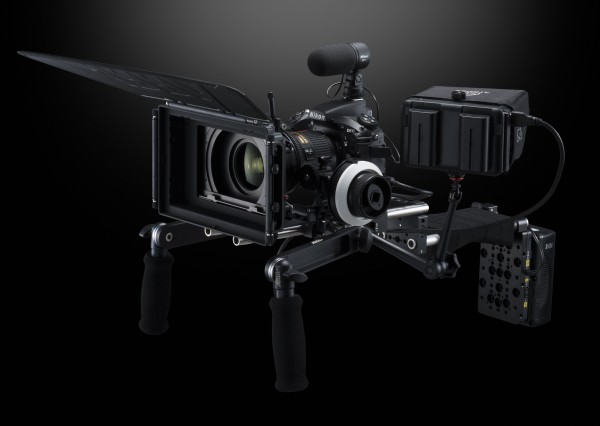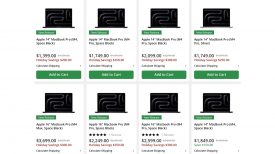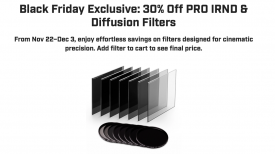By site editor Dan Chung:

Nikon today unveiled their latest camera – the D810. A replacement for both the D800 and D800e, which proved very popular with stills and multimedia shooters, it claims to offer the best ever stills image from a Nikon camera. The sensor is a whopping 36.3 megapixels without an optical low pass filter. This should make for some super detailed stills images.
On the video front there have been few changes though. The biggest improvement is the addition of 1080/50P and 1080/60P frame rates. There is no sign of 4K video despite the competition from Sony and Panasonic. A Flat Picture Control profile has been added which, in common with other flat third party profiles, should allow for more flexibility in grading. Zebras have also been added as an option for the live-view display to help set exposure. AF in video is said to be improved. There is also a useful time-lapse function with automatic exposure smoothing – previously found on the D4s.
In common with its predecessors the D810 can output uncompressed HDMI for monitoring and external recording with devices like the Atomos Ninja Blade. It has full manual control of video functions and the ability to manually adjust audio levels. There is also a useful APS-C crop mode to allow the use of APS-C lenses, or act as a kind of digital tele-convertor.
There is little indication from Nikon about how well the D810 will handle aliasing, moire and rolling shutter. With such a high pixel count I wonder how the Expeed 4 processor creates the HD image? With Sony in the a7S demonstrating just how well in-camera HD can be done with a full-frame sensor it will be interesting to compare the D810 side-by-side. I doubt the D810 exhibits a massive leap in quality over the Canon 5D mkIII and original D800 – but I’d happily be proved wrong.
For news shooters who are using Nikon systems the D810 deserves closer examination. If stills are your bread and butter and you only need occasional video then the D810 should be a good option, but I can’t help feeling that Nikon based video shooters may be better served by simply fitting their Nikon glass to an a7S with an adapter.





